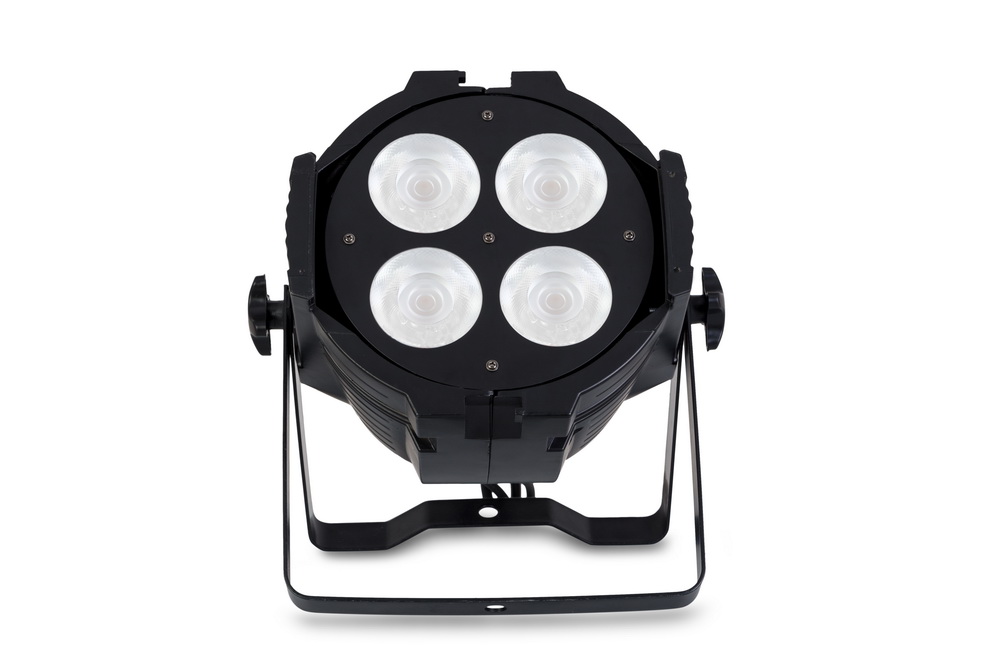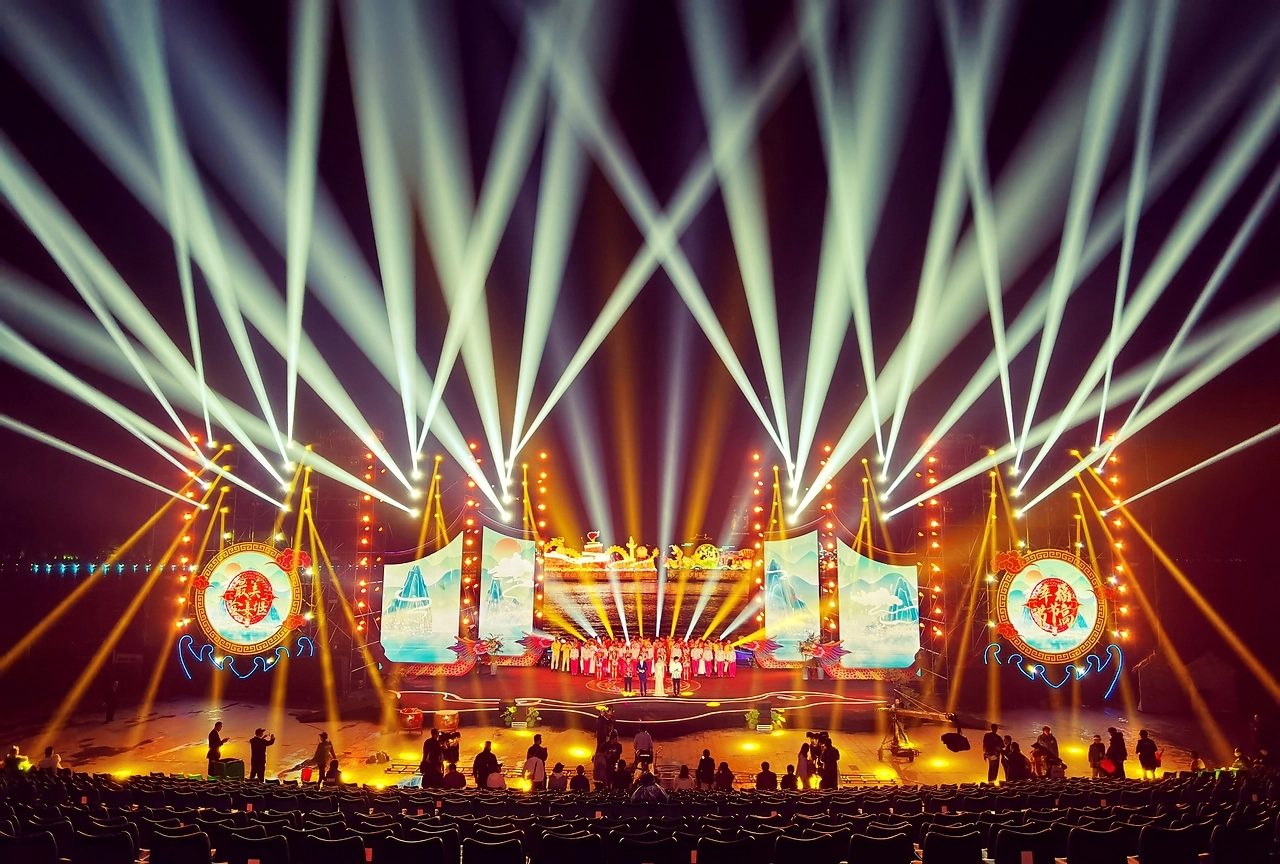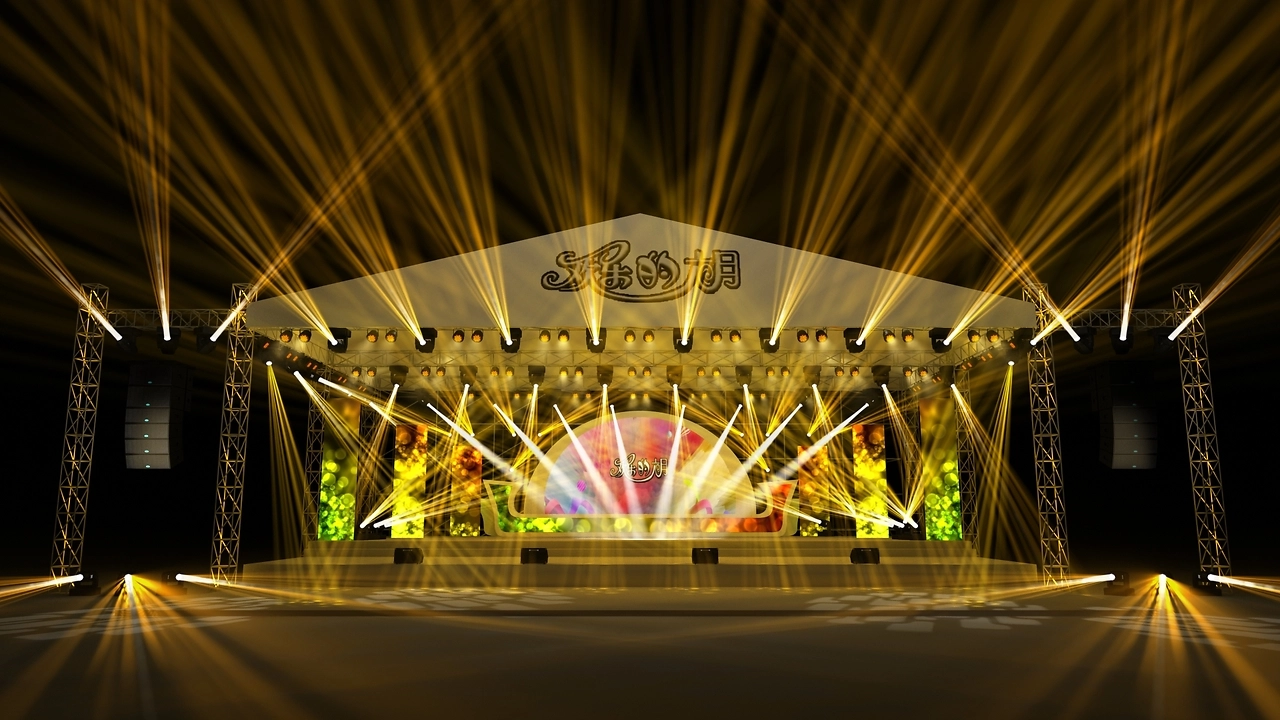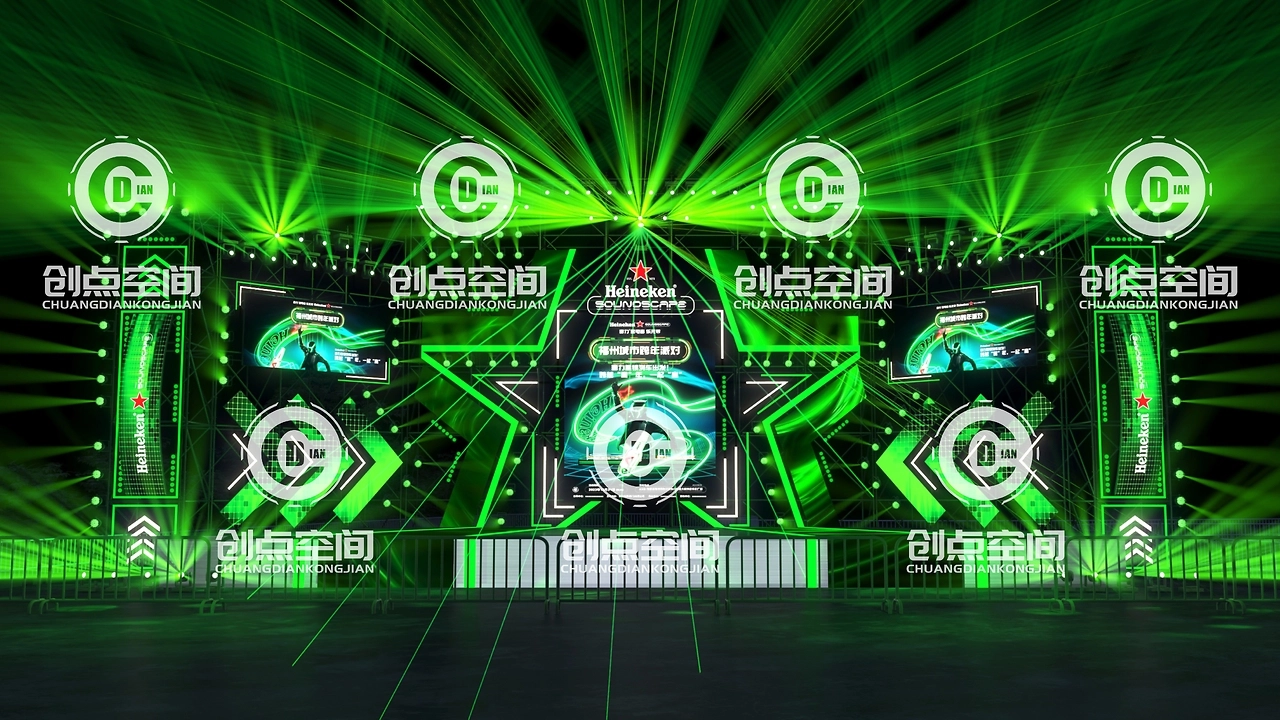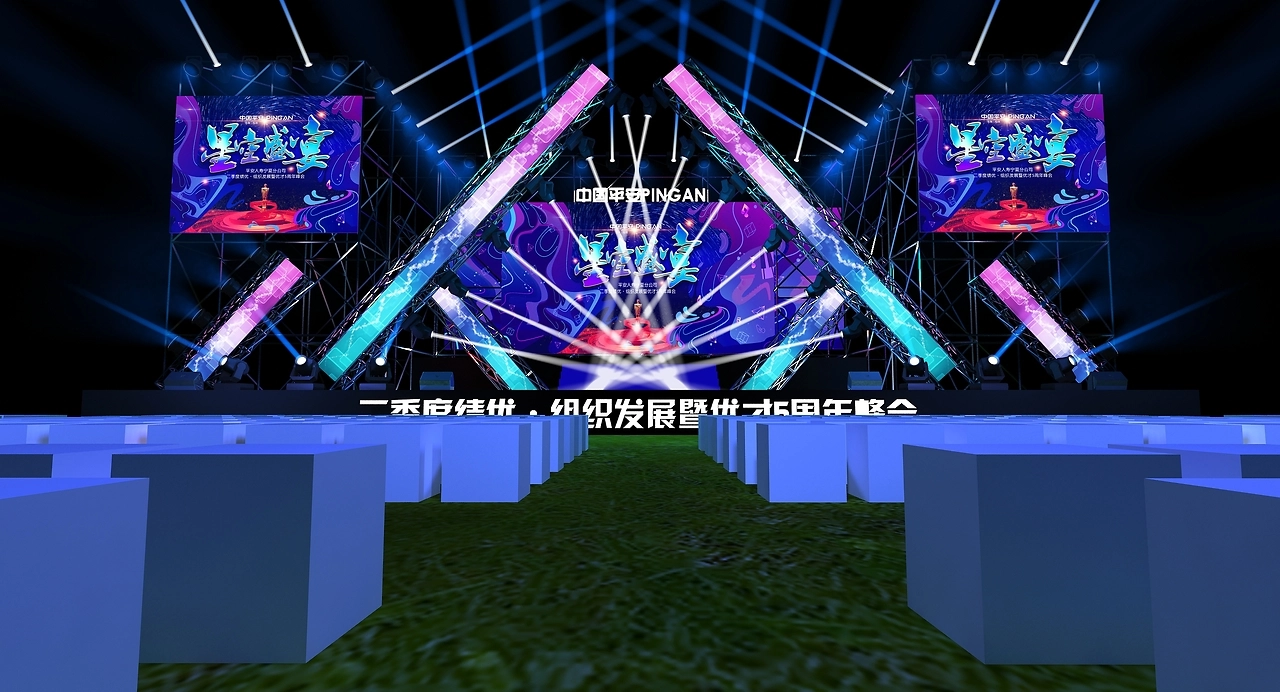Poetry of Light and Shadow: How Stage Lighting Reshaps Performing Arts
In theater, concerts, or dance performances, stage lighting is often referred to as the 'invisible actors'. It guides the audience's gaze without leaving a trace, carves the flow of time, and even imbues space with emotions. From the simple torches in ancient Greek open-air theaters to the holographic projection of modern intelligent lighting, stage lighting has always been a magic that intertwines art and technology. Today, it has surpassed its simple lighting function and become an indispensable narrative language in performing arts.
From Tools to Language: The Evolutionary History of Stage Lighting
Early stage lighting only stayed at the practical level of "illuminating actors". The Globe Theatre during Shakespeare's time in the 16th century relied on natural light and candles, while the invention of gas lamps in the 19th century allowed plays to be performed at night for the first time. The truly revolutionary turning point occurred after Edison invented the electric light in 1879- controllable light intensity and color began to be used to create an atmosphere.
In the 20th century, Swiss stage design master Adolf Appia proposed the concept of "light is spatial sculpture", and lighting designers gained equal importance as directors and actors for the first time. With the maturity of LED technology and computer control systems, contemporary stage lighting can now achieve pixel level accuracy: at the opening ceremony of the 2012 London Olympics, a virtual dome constructed with 27000 smart lighting fixtures allowed global audiences to witness how light redefines physical space.
Whatsapp:+86 134 1860 8878
2. Grammar of Light: Five Core Techniques
1. Cutting and Focusing
The intelligent moving head shapes light into sharp geometric shapes through a lens group. In the musical Hamilton, this technology is used to instantly lock onto the protagonist in dense group dance scenes, similar to close-up shots in movies.
2. Emotional encoding of colors
Cold white with a color temperature of 5600K suggests rationality and detachment, while amber with a color temperature of 2700K awakens warm memories. In the rainstorm scene of the drama "Thunderstorm", the combination of grey light and stroboscopic effect turns the stage into a psychological cage of depression.
3. Dynamic Tracking System
Based on infrared sensing and real-time positioning technology, the beam of light in the aerial performance of "Circus Sun" always follows the actors accurately, even if they complete three flips at an altitude of 20 meters, the light and shadow still follow closely.
4. Projection Mapping
In the production of the new version of "The Phantom of the Opera" in 2019, 3D projection "moved" the Baroque dome of the Paris Opera House onto the stage, and the real-time interaction between lighting and architectural textures gave the static scenery a breathing vitality.
5. Audience Interaction Design
In the bar scene of the immersive drama 'Sleepless Night', the hanging chandelier changes its brightness and swing frequency according to the audience's movement trajectory, transforming the viewing relationship from passive reception to dynamic dialogue.
III. The Dilemma and Future of Light
While pursuing visual wonders, stage lighting also faces challenges: excessive reliance on technology may lead to flattened artistic expression. Broadway lighting designer Jenny Holland once pointed out, "When light shows replace emotional transmission, we go from poets to electricians
The future breakthrough may lie in "organic intelligent lighting" - a bio fluorescent lamp developed by a German team that uses gene edited algae to produce natural cold light, which is both environmentally friendly and can achieve a texture that traditional LEDs cannot imitate. The experiment of brainwave induction technology shows that when the light can respond to the performer's physiological signals in real time, improvisational art will enter a new dimension.
Conclusion: Searching for Truth at the Intersection of Light and Shadow
The ultimate mission of stage lighting has never been to bring out every detail. As the Japanese Noh master Seiya once said, "The deepest beauty always flows in the gaps between light and shadow." When a beam of overhead light elongates the dancer's shadow and projects it onto the screen, or when the smart light array suddenly falls into darkness, leaving only a chasing light trembling lightly - these carefully designed "imperfections" precisely constitute the soul of live art that cannot be digitally replicated. Between reality and illusion, lighting has always been an eternal companion for humans in their search for theatrical authenticity.
Whatsapp:+86 134 1860 8878
